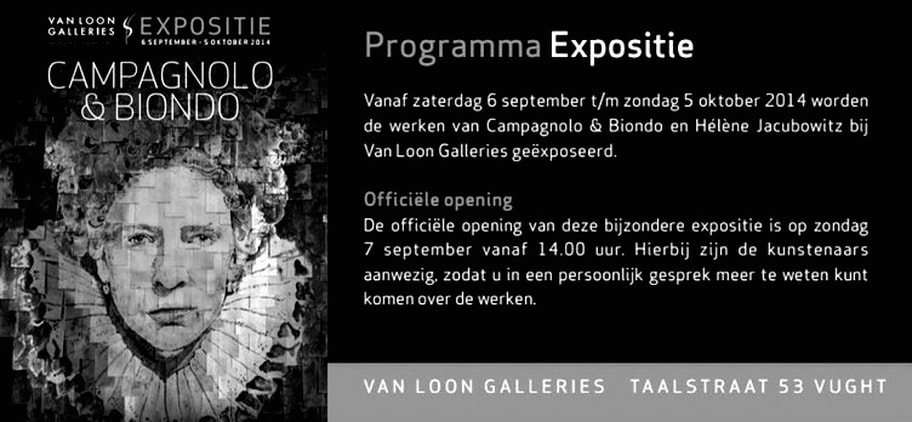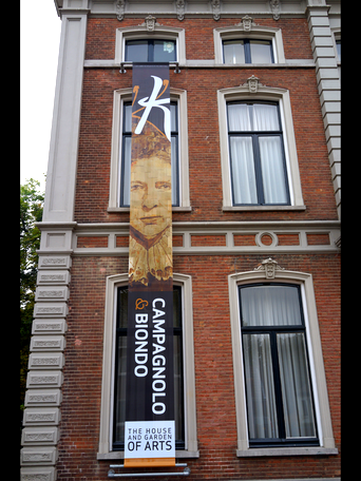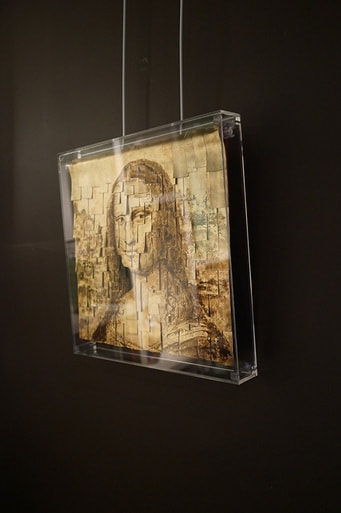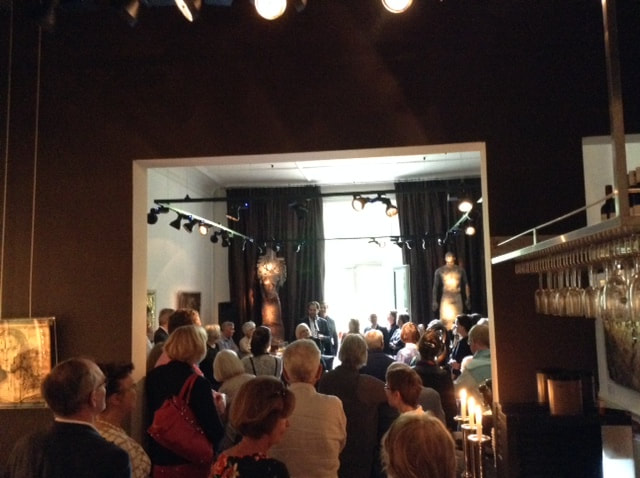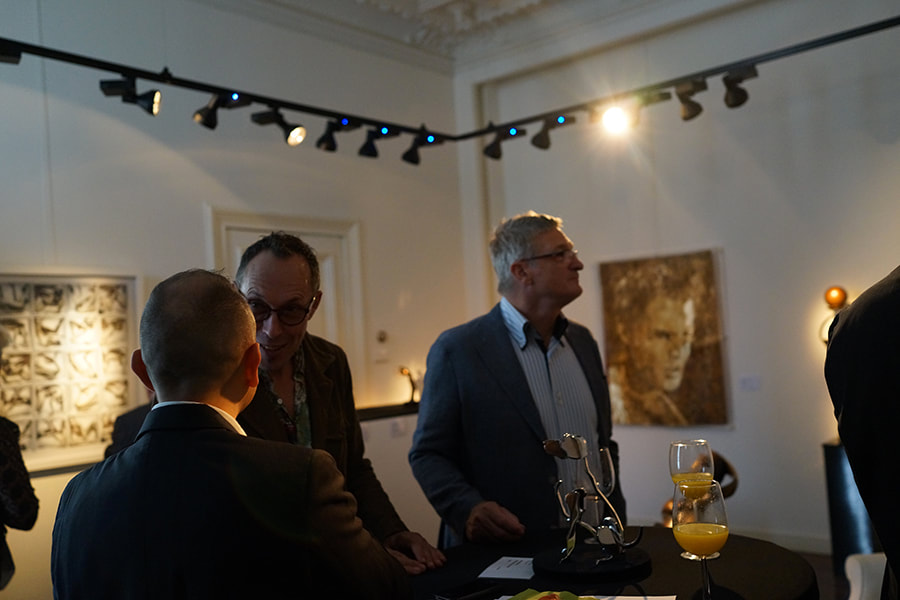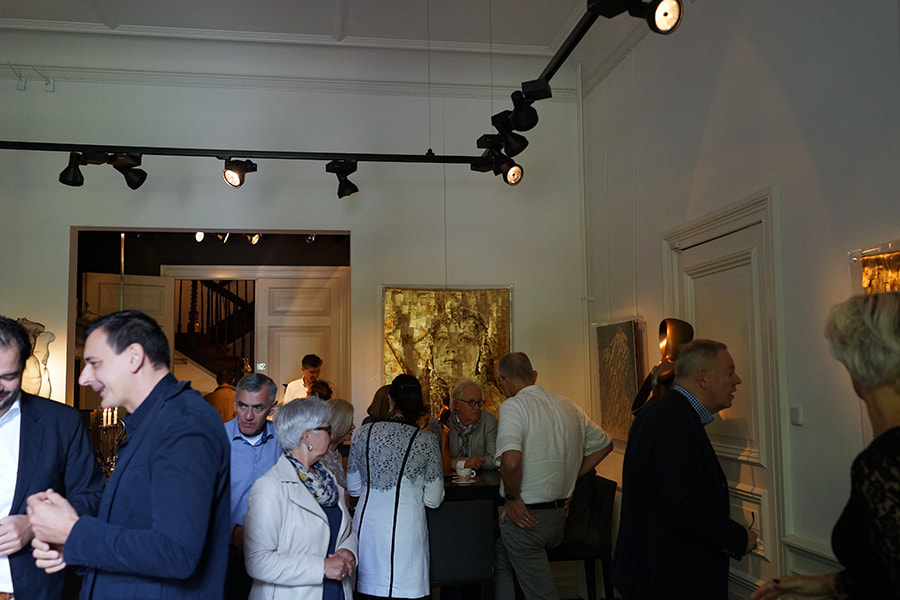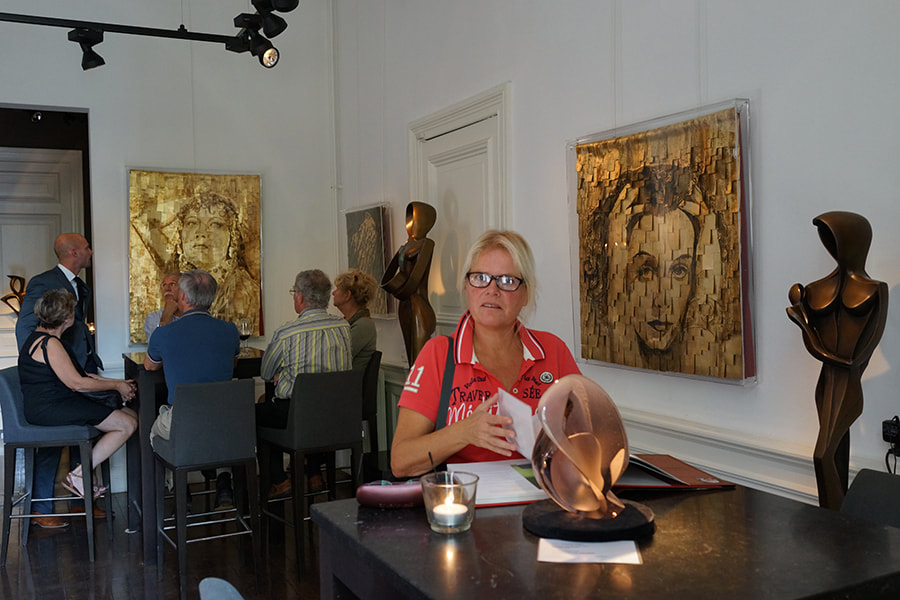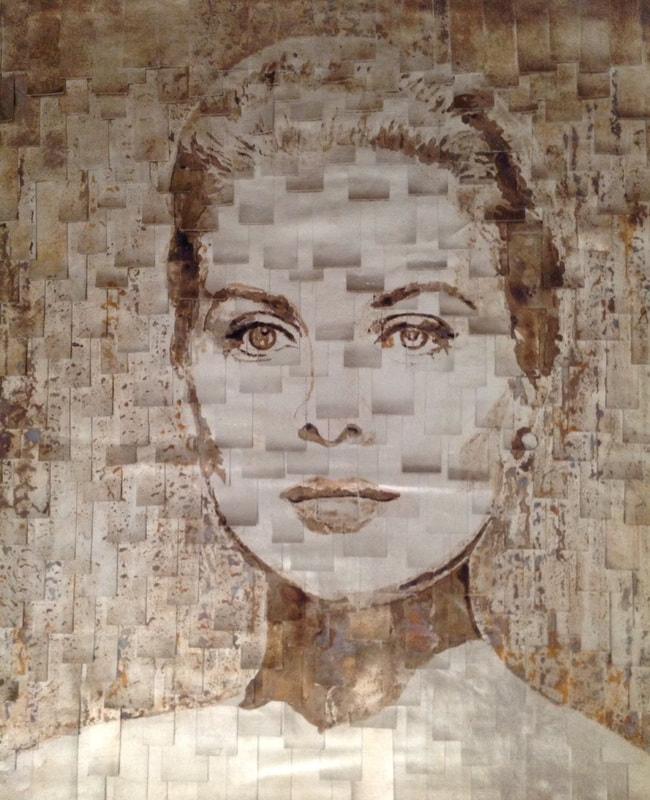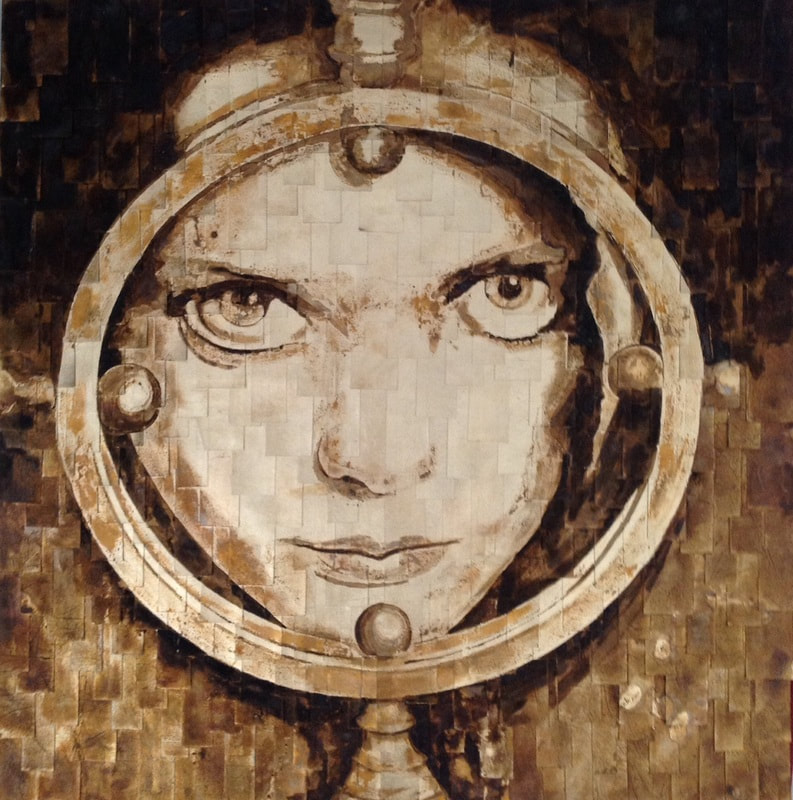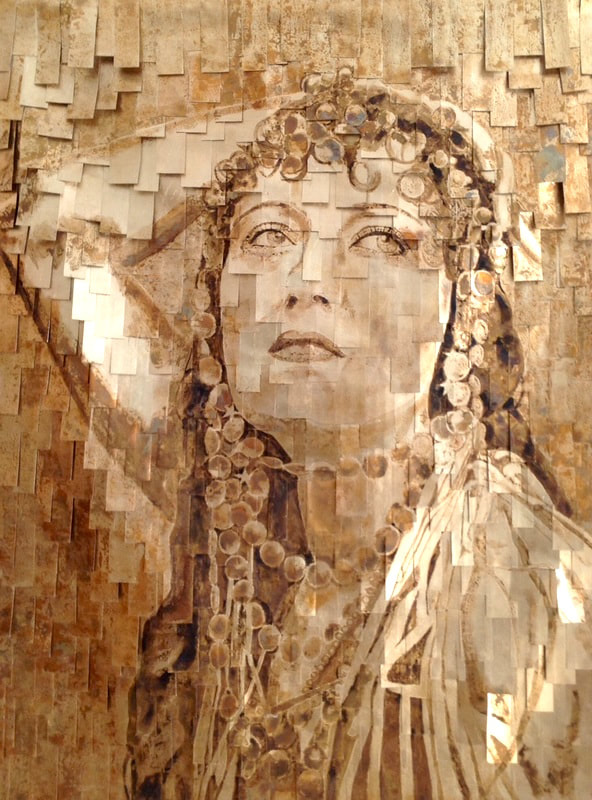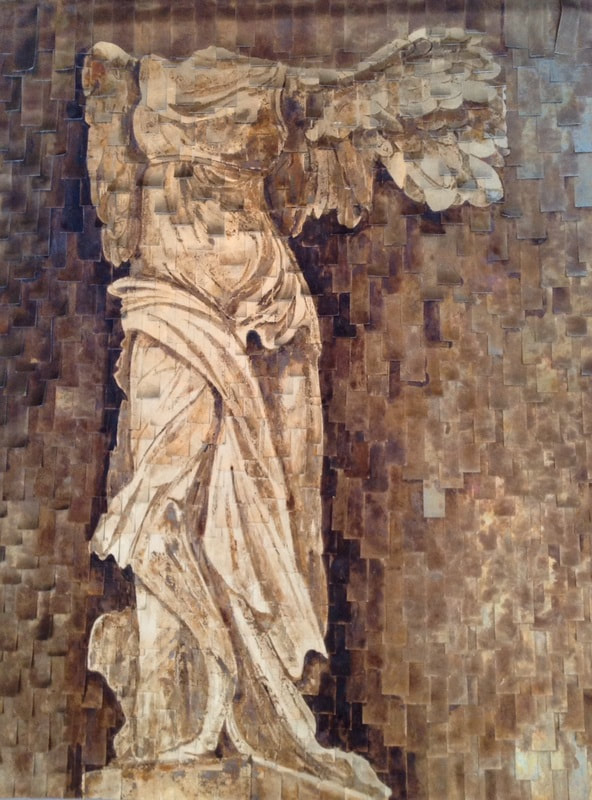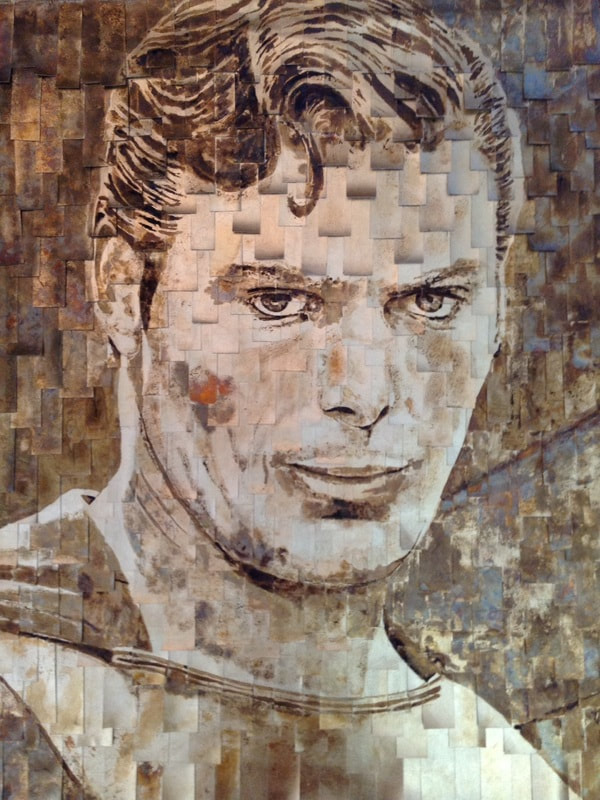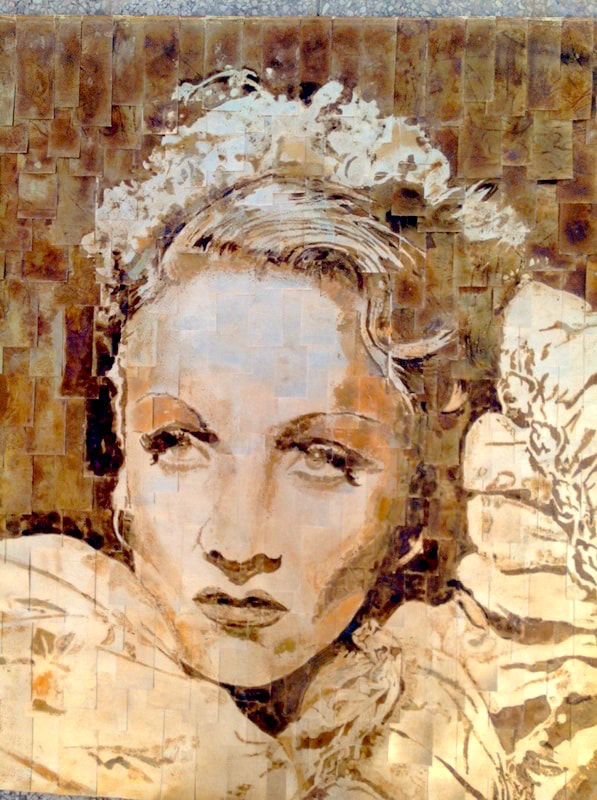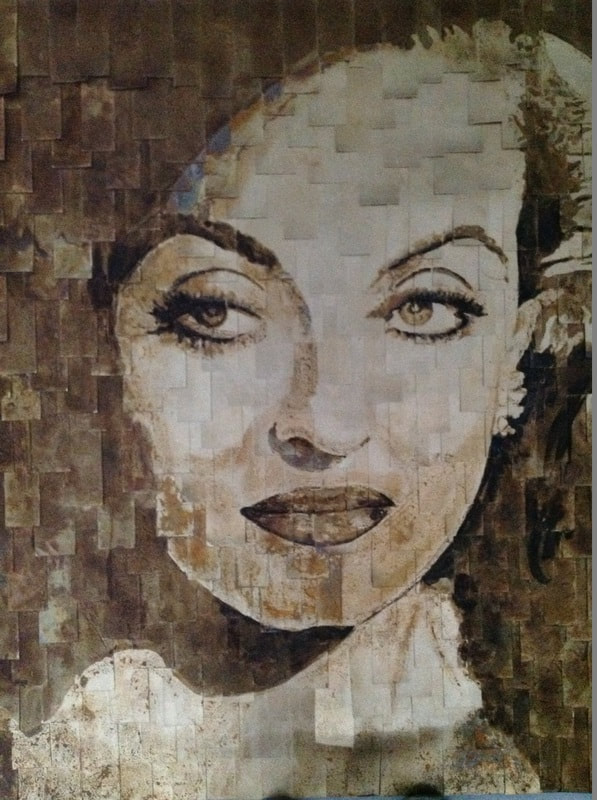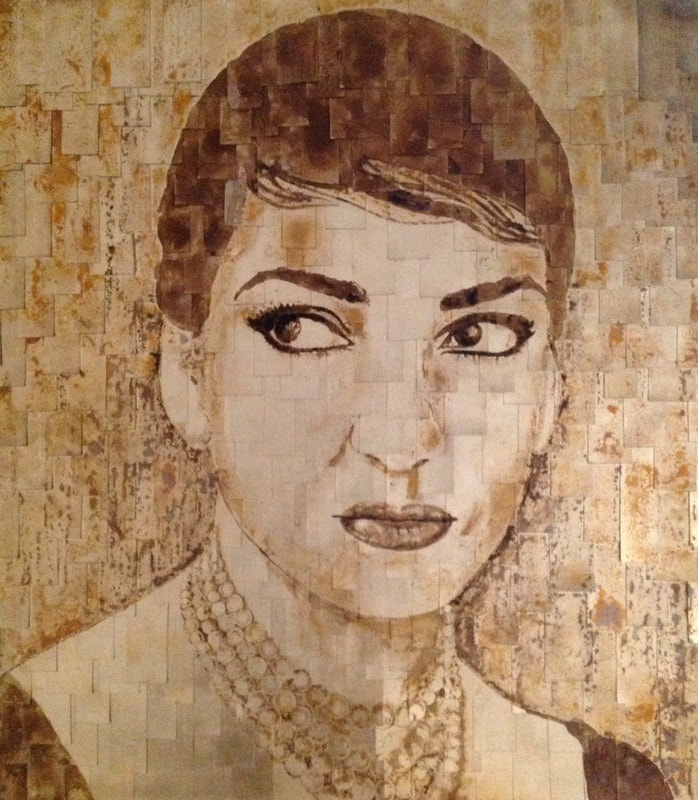Paolo Campagnolo
Van Loon Galleries, Amsterdam
|
Across Myth
CampagnoloBiondo reinterprets myth tout-court, in a new way, by exploring all its aspects in its evolution: from its mythological aspect, to its history that becomes legend, evolving from classical fairy tales that morph into sci-fi, urban and noir sagas, videogames and comic books. The undisputed key player of this scenario is the hero, who overcomes all challenges, through his quest "in" and "beyond" time and space, elevating man to the status of legendary deity, thus becoming "super" in all aspects: history, art, imagination, and life itself. Hence, cinema has been the absolute medium that glorified all these stages. Film has ingrained, projected, deeply influenced and engraved the imaginary and the collective unconscious thanks to movie stars, who have become contemporary "myths” by "embodying" these heroes. The supersonic super-man, as unquestionable incarnation of this variegated world, is the hero who becomes semi-divine by facing hyperbolic deeds, and as a result, is worshipped, emulated, and acclaimed. While cinema celebrated and brought the ancient myths closer to us, "humanizing" them, it also generated new ones: actor’s faces have become popular icons, to be celebrated and emulated, in addition to personifying and granting tangibility to comic book characters or consecrating historical figures. Over time, the sparkling light of the mythological image, along with the faces that embody it and the films that ingrain it may wear out, yet its aura never fades. The year 2014 marks the death of celluloid film. In this regards, CampagnoloBiondo wishes to pay homage to the "golden years" of celluloid, of movie stars and of all aspects of mythology. It does it through tapestries, created through remastering seemingly ancient techniques, i.e. scraps of cloth covered with metal treated with acid, to celebrate and merge ancient and modern myth with cinema. Technique, myth, the collective unconscious, and celluloid images merge in this unique artistic expression, allowing the heroes of the classical Olympus to become accessible to our eyes and our hands. They become popular in an intimate, everyday manner that reminds of our home walls, often plastered with elements and patterns through which our unconscious is identified, reassured and encouraged. Francesca Picozza |
The work of CampagnoloBiondo showcased in this exhibition is the unfolding of a complex aesthetic and pictorial pursuit. The duo has devised a sophisticated technique in which the artists' skillful control of the brush meets the unpredictable physical reaction of the materials utilized. The visual result obviously relies on the artists' intentional design and careful choice of colour range. However, the acid agent etches the gilded canvas, blurring the outlines and making suggestive variations of the visual and changes in the characteristics of the surface finishings.
